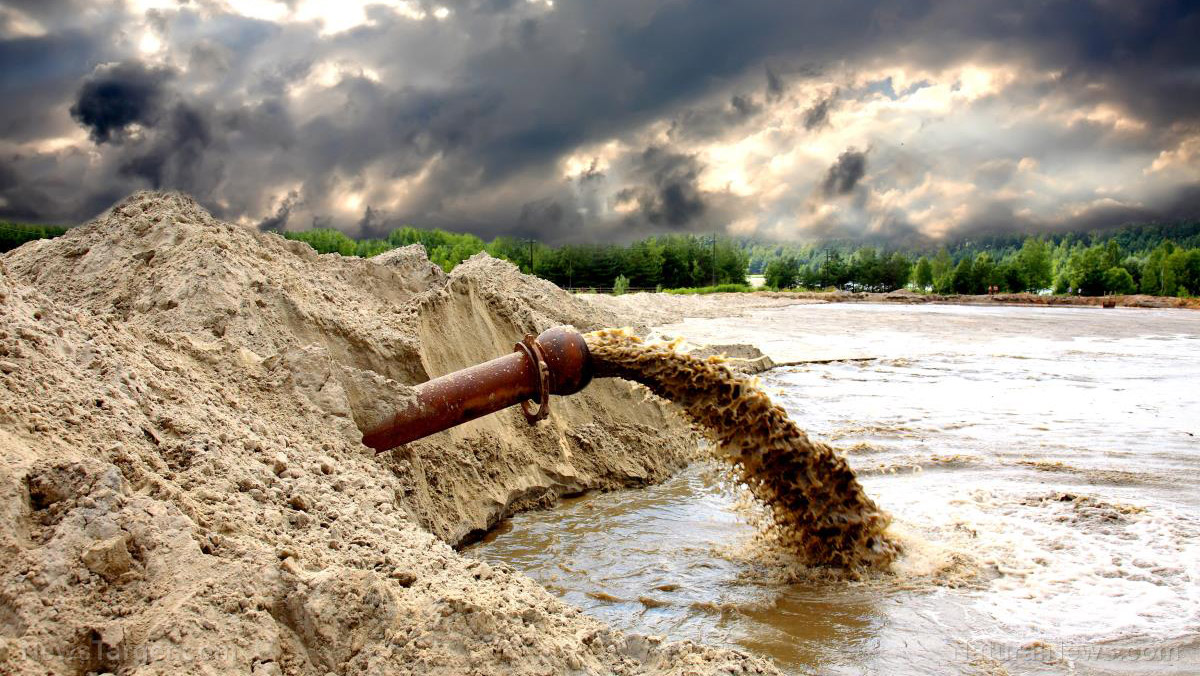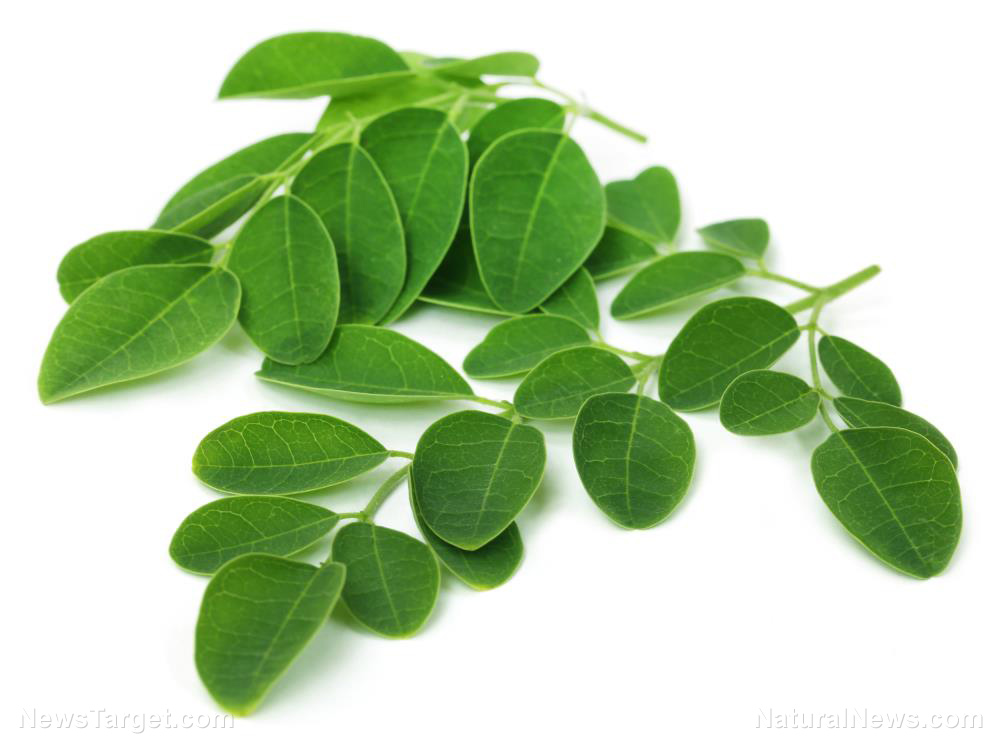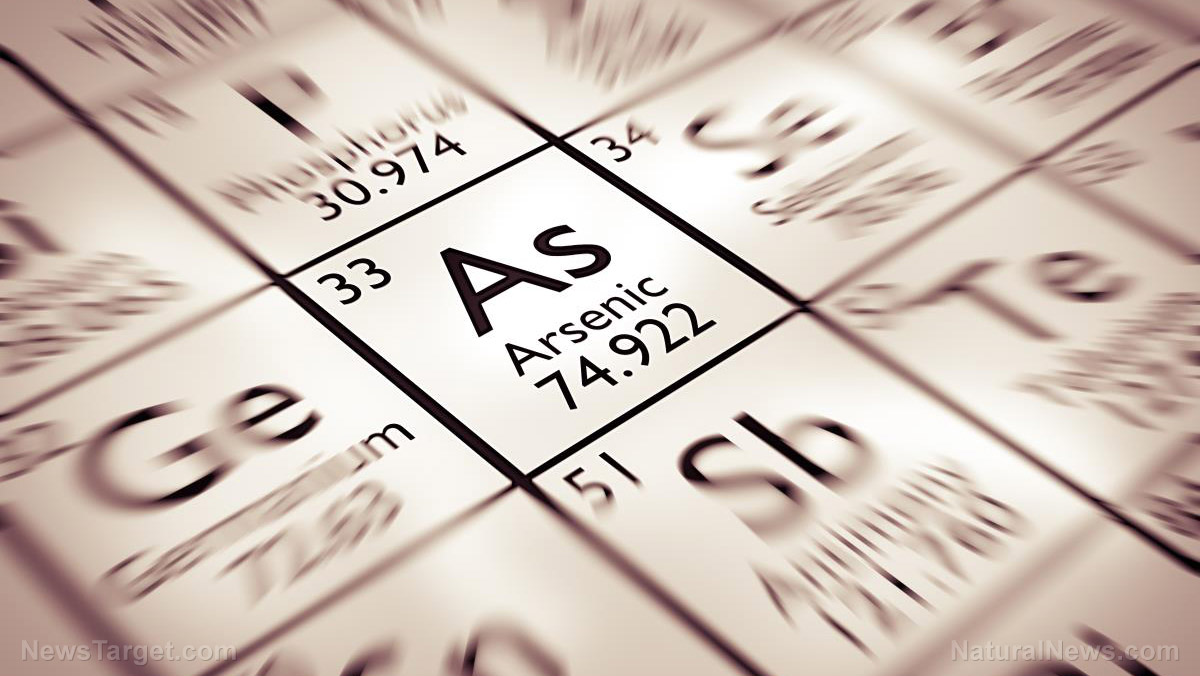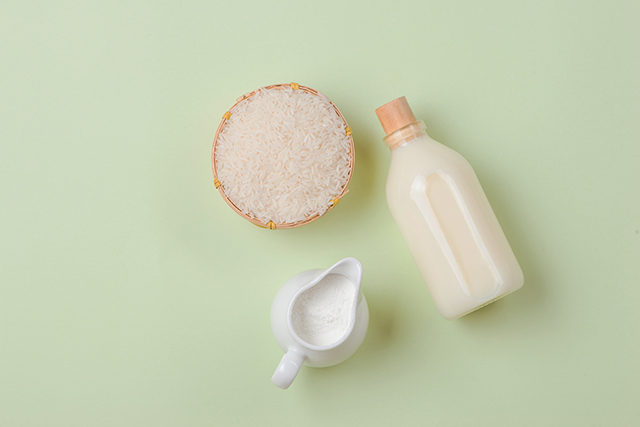Useful way to repurpose invasive weeds: Water hyacinth, an invasive plant to river ecosystems, may prove useful for oil sorption
08/18/2018 / By Edsel Cook

Those thick clumps of water hyacinth clogging our waterways might be useful for something, after all. A Thai study suggested that the invasive floating plant can be turned into biodegradable adsorption materials that can clean up oil spills better than polypropylene-based sorbents. The findings were published in the International Organization of Scientific Research.
Polypropylene is a petroleum-derived plastic used in cleaning up oil and chemical spills. Pure polypropylene is lighter than water, naturally hydrophobic, and attracts and adsorbs other forms of oil.
These properties make it a good choice for use in oil decontamination tools such as booms and pads. Polypropylene-based adsorbent materials will float on top of water, which is where the pollutant is, and only adsorb the oil.
Polypropylene can also be modified with a surfactant to adsorb chemicals and water-based liquids. By reducing the surface tension between polypropylene fibers and the liquid, the modified plastic becomes hydrophilic, allowing it to attract and adsorb non-oil-based liquids.
However, final disposal of oil-laden polypropylene poses long-term problems. The plastic is sturdy and highly resistant to heat. It’s also made from oil through a lengthy, energy-intensive, and polluting process.
Therefore, researchers at the Burapha University in Chonburi, Thailand looked into the possibility of using water hyacinths as a key ingredient in making inexpensive and biodegradable oil sorbent to replace widely used polypropylene products. (Related: Severe “ecological injury” has already been caused by the Sanchi oil spill, which is now threatening reefs, protected marine areas and the fishing industry.)
A new use for a water weed
Also known as Eichhornia, water hyacinth is a genus of freshwater aquatic plants native to tropical and sub-tropical South America. They are very hardy plants that breed quickly in polluted waters with high levels of nitrates and heavy metals.
Water hyacinths have been accidentally and deliberately introduced to bodies of water in other continents such as North America. The fast-growing plant is considered a pest and a weed that can render rivers and lakes all but impassable, kill native aquatic plants by depriving them of sunlight, and deplete oxygen levels to such an extent that local populations of fish and turtles die out en masse.
Affected U.S. states like Florida spend millions of dollars to keep water hyacinth populations under control. Fortunately, the plant has a low tolerance for freezing temperatures, so it dies off during winter and only comes back when the weather becomes warm again.
Aware of water hyacinth’s biosorbent capabilities, the Thai researchers collected samples growing near the university and put them through the viscose process. They also varied the concentration of certain ingredients used during the process (sodium hydroxide, carbon disulfide, and sodium sulfate) to determine the most efficient ratio for a natural fiber sorbent.
The research team tested this natural fiber sorbent alongside the conventional polypropylene sorbent. The oils used for the ASTM F726-06 Standard test were diesel oil, engine oil, and vegetable oil.
Better than polypropylene
According to the results of their experiment, the water hyacinth-derived sorbent outperformed its commercial polypropylene equivalent. The natural fiber sorbent could adsorb 1.23 times more engine oil, 1.15 times more vegetable oil, and 1.43 times more diesel oil than polypropylene-based material.
The test also determined that sorbent material with 18 percent sodium hydroxide, 25 percent quantity of carbon disulfide, and a 1:1.5 sodium sulfate ratio showed the highest oil sorption capacity among the variants. Higher concentrations of the three chemicals lowered the ability of the sorbent to adsorb oil.
The Thai study concluded that natural fiber sorbents made from died water hyacinth showed promise as a substitute for polypropylene-based sorbent materials.
Visit Pollution.news to learn more about ways to spot and clean up pollution.
Sources include:
Tagged Under: biosorbent, environment, fossil fuel, invasive plants, oil sorbent, oil sorption, oil spill, polypropylene, river ecosystems, rivers, toxic elements, toxic water, vegetable oil, water hyacinth, weeds


















